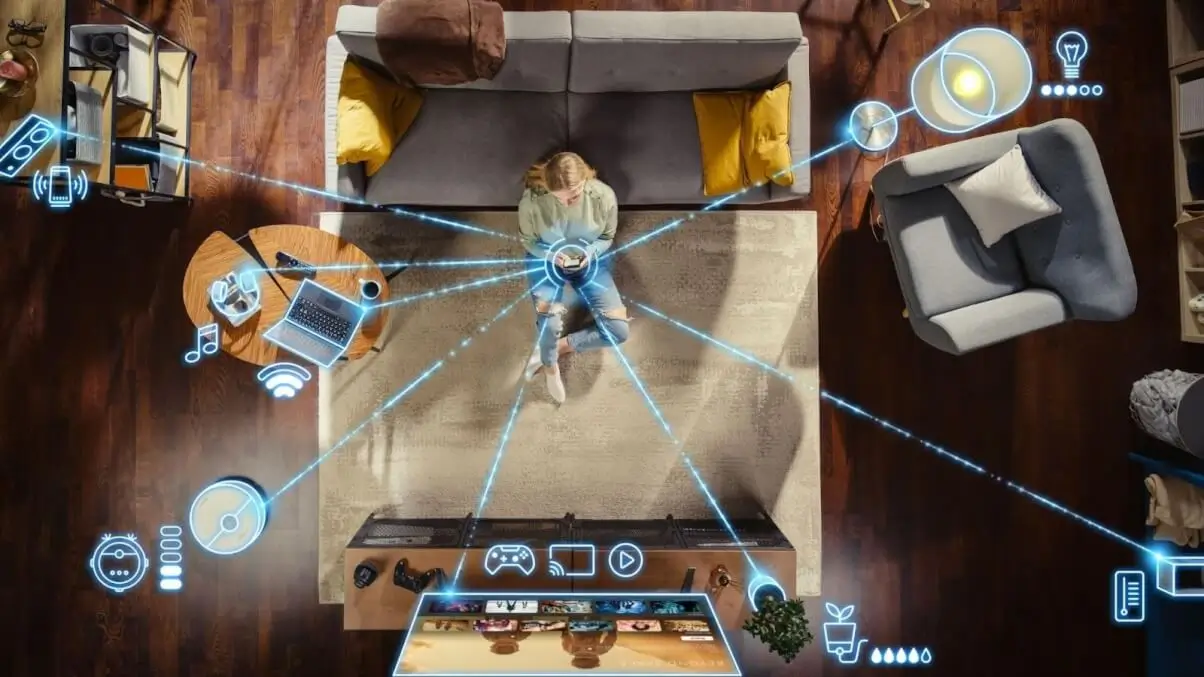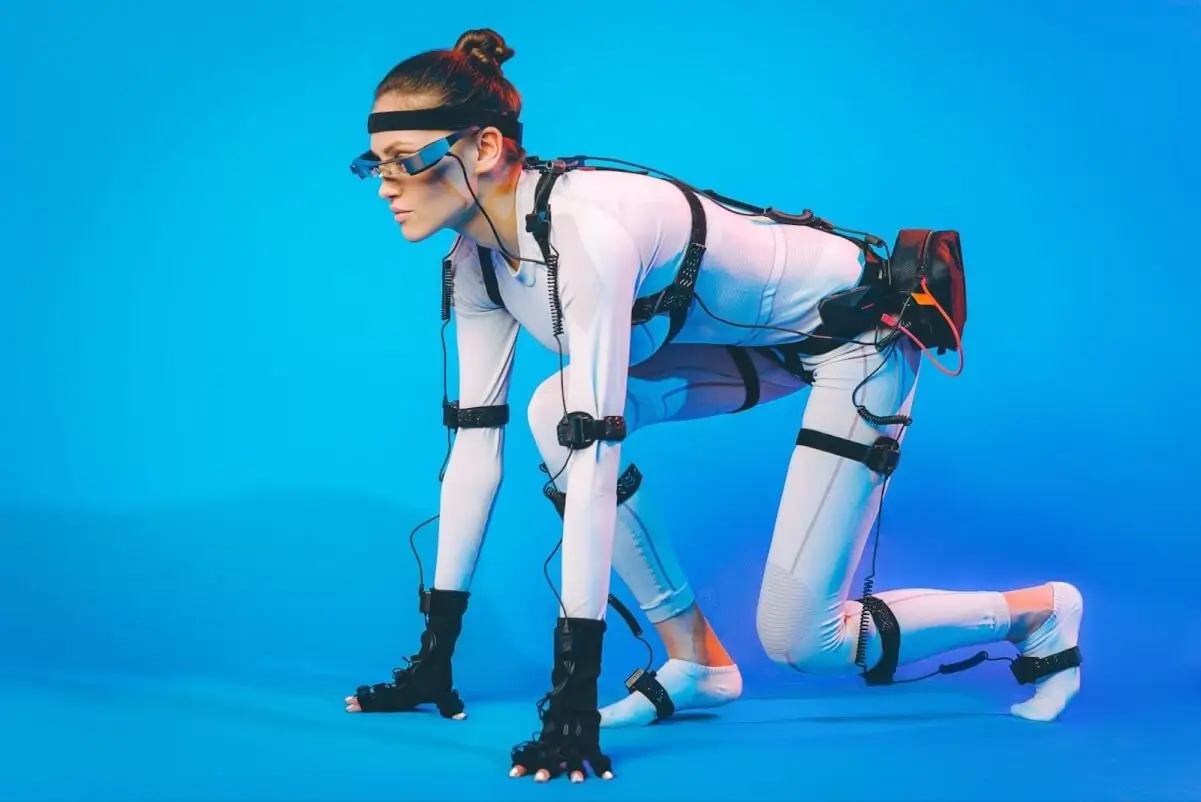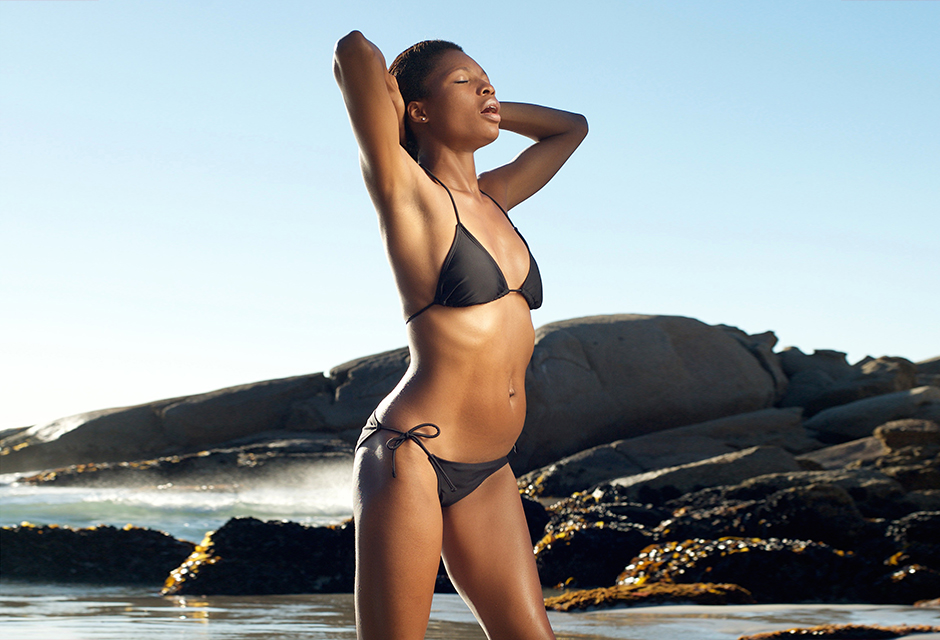Transforming Reality: Using Visual Effects to Bring Your Ideas to Life

- What is VFX?
- Special Effects Examples and Applications
- Types of VFX and their definitions
- CGI: Computer-Generated Imagery
- Composite VFX
- Motion capture
- Rotoscoping
- What Software Can I Use to Create VFX?
In the realm of modern storytelling, technology emerges as a powerful conduit, enabling creators to transcend boundaries through the enchanting domain of visual effects (VFX). From the green screen to immersive video games and captivating TV commercials, VFX serves as the gateway to transporting audiences to worlds both real and fantastical. But what exactly constitutes VFX? In this comprehensive guide, we unravel the intricacies of VFX, presenting examples of visual effects in their diverse forms, elucidating their essence, and unveiling the applications and software essential for harnessing its transformative potential.
What is VFX?
Visual Effects (VFX) encompasses a broad spectrum of techniques utilized to enhance films during post-production, employing computer-generated imagery to craft captivating visual elements. The primary objective of VFX is to seamlessly integrate fabricated components into live-action footage, blurring the lines between reality and imagination.
Special Effects Examples and Applications

In recent decades, advancements in visual effects technology have revolutionized filmmaking, empowering directors to bring their wildest visions to life on the silver screen. Movies have been at the forefront of this innovation, leveraging VFX to create awe-inspiring worlds and characters that captivate audiences.
Christopher Nolan's Inception showcased groundbreaking VFX, seamlessly blending surreal dreamscapes with gripping action sequences. Additionally, the Harry Potter franchise utilized VFX to conjure fantastical creatures and magical spells, enchanting audiences with its whimsical universe. Similarly, the visually stunning Jurassic Park franchise utilizes VFX to resurrect prehistoric creatures with breathtaking realism, immersing audiences in thrilling adventures through time.
Visual effects serve a dual purpose in cinema, not only enabling the depiction of fantastical realms but also facilitating the creation of scenes deemed too perilous or impractical for traditional filming methods. Gravity, directed by Alfonso Cuarón, exemplifies this convergence of practicality and imagination, immersing viewers in the weightless expanse of outer space through masterful VFX execution.
Types of VFX and their definitions

Visual effects come in myriad forms, each tailored to suit specific visual narratives and storytelling goals. While they vary in technique and application, their overarching purpose remains constant: to immerse audiences deeper into the cinematic experience. Although our exploration covers only the main types, it's important to note that the realm of VFX extends far beyond the examples discussed here, encompassing techniques such as animation, matte paintings, and miniatures. Let us see how to use VFX with particular examples and applications in different industries.
CGI: Computer-Generated Imagery
The cornerstone of modern VFX, CGI is crafted entirely through digital means, utilizing specialized software to generate lifelike visuals without reliance on real-world footage. From Pixar's iconic animated films to Marvel's spectacular superhero epics, CGI breathes life into fantastical worlds and characters, blurring the lines between reality and imagination.

In CGI scene staging, pre-production planning precedes live-action filming against green screens (learn more in composite VFX). Motion capture technology records actor movements if needed. VFX artists make CGI elements, then composite them into the footage, adjusting colors and lighting for realism. Rendering tools and final touches polish the scene, ensuring seamless integration of digital and live-action elements.
Composite VFX

Compositing involves the seamless integration of multiple images into a cohesive whole, often achieved through techniques like green screen filming. Widely employed in blockbuster franchises, compositing enables actors to interact with imagined environments and fantastical creatures, enhancing the visual spectacle of modern cinema.
Motion capture

Motion capture technology strives to replicate the nuances of live performances in digital form, capturing actors' movements through specialized suits adorned with tracking markers. Which then can be used in CGI scenes. This data is translated into lifelike digital characters, as exemplified in games like Red Dead Redemption 2 or in The Lord of the Rings trilogy with the Gollum.
Rotoscoping
Rotoscoping is an animation technique where motion picture footage is traced over frame by frame to create highly realistic movement. The technique dates back more than 100 years and was used for many classic creations. Notable examples include "A Scanner Darkly," showcasing a dystopian narrative, and "The Beatles: Yellow Submarine," renowned for its psychedelic visuals and innovative animation techniques.
What Software Can I Use to Create VFX?

How to create VFX and what software to use for that? Well, in professional industries and modern cinema, Adobe Premiere Pro and After Effects are a must for visual designs. If your goals are not so dramatic and you just want to get high-quality content to share with your audience on social media platforms, you can try VJump.
VJump is a smartphone app compatible with iOS and Android that allows you to enhance your recorded clips in just a couple of taps. The app offers you a library of templates for effects and transitions that are trending on social media platforms. These templates showcase the outcome and provide you with step-by-step tutorials on how to record your footage to apply chosen effects or transitions. Then you simply send the footage to VJump editors who manually apply the given VFX to your clips ensuring seamless quality in a process by using the mentioned above Premiere and After Effects software.
In this way, you do not need to spend time learning complex software or tutorials on their usage. You simply do the fun part by recording your clips with an iPhone following the template of your choice and our editors do the hard part of editing.

Author
Founder of VJump. In addition to business, he is passionate about travel photography and videography. His photos can be viewed on Instagram (over 1 million followers), and his films can be found on his YouTube channel.
Moreover, his profile is featured on the most popular and authoritative resource in the film industry — IMDb. He has received 51 international awards and 18 nominations at film festivals worldwide.









































































